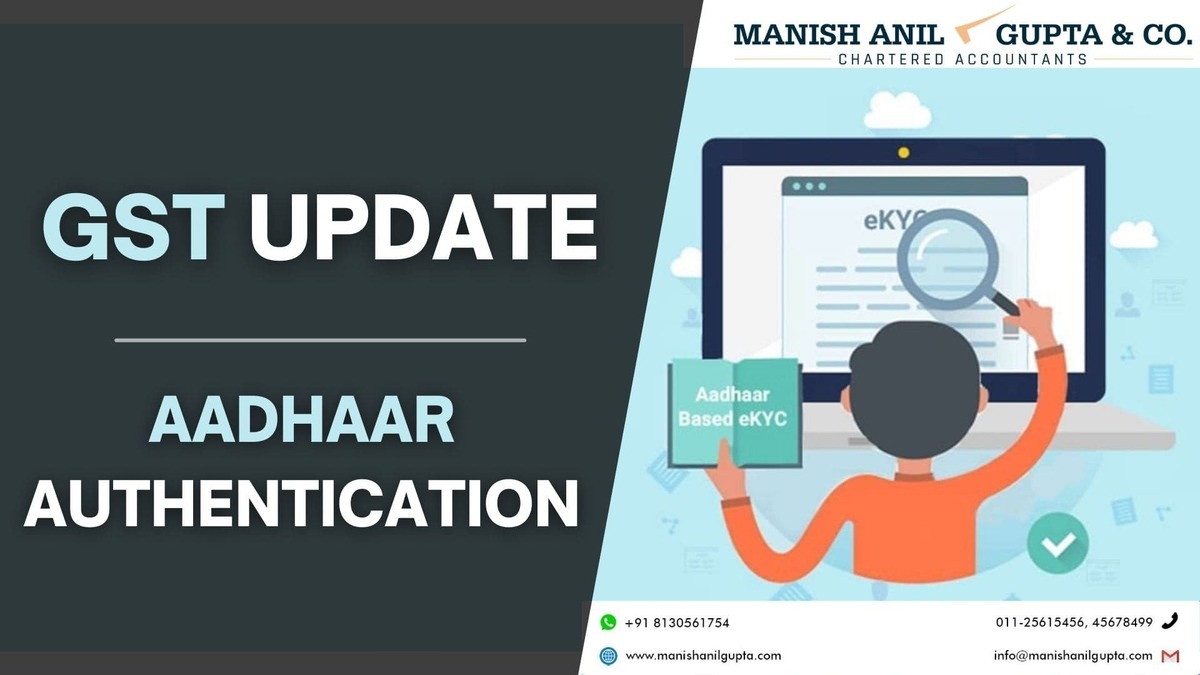The Central Board of Indirect Taxes & Customs (CBIC) has issued a
Circular No. CBEC-20/16/05/2021-GST/359 dated February 23, 2021, prescribing guidelines u/s
83 of Central Goods and Services Tax Act, 2017 (CGST Act) on
provisional attachment of property
Key Highlights
Grounds for provisional attachment of property
- The Commissioner must exercise his due diligence and carefully consider and examine the case's facts, including the nature of committed offence, nature of the business, the amount involved, and the extent of investment in capital assets before attaching the concerned property.
- The Commissioner must have sufficient reasons to believe that the taxable person may dispose of or remove the property, if it is not attached provisionally.
- The basis on which the Commissioner has formed such an opinion should be recorded appropriately in the file.
- The power of the provisional attachment u/s 83 of the CGST Act should not be exercised in a routine/mechanical manner. There must be a careful examination of the facts of the case.
Eligible cases for provisional attachment of property
The provisional attachment of property should
not be invoked in cases of any technical nature. It should be reported mainly when there is an
evasion of tax or where the
ITC has been availed/utilized wrongly or
wrongfully passed on.
The below-mentioned are a few cases, where the provisional attachment of property can be resorted, subjected to specific facts of the matter: -
- Where a taxable person has supplied any goods/services without issuing any invoice, with an intention to evade the tax, or
- Where a taxable person has issued any invoice without supply; or
- Where a taxable person has availed ITC using the invoice or bill referred to in clause (b) or fraudulently availed ITC without any invoice; or
- Where a taxable person has collected any amount as tax but has failed to pay the same tax to the Govt beyond three months; or
- Where a taxable person has fraudulently obtained a refund; or
- Where a taxable person has passed on ITC fraudulently to the recipients but has not paid the proportional tax.
Investigation & Adjudication
As the provisional attachment of property is resorted to protecting revenue's interests and may affect the working capital of taxable person, it may have endeavoured that in all such cases, the investigation and adjudication are completed at the earliest.
Types of property for provisional attachment
- It should be ensured that value of the property attached provisionally is not excessive.
- It should be near the estimated amount of pending revenue.
- More than one property can be attached.
- The provisional attachment can be made of property belonging to the taxable person only, against whom the proceedings u/s 83 of the CGST Act are pending.
- The movable property should generally be attached only if the immovable property, available for the attachment, is insufficient to protect revenue interests.
- As far as possible, it is crucial to ensure that such attachment does not hamper the taxable person's normal business activities. This would mean that the Department should not usually attach raw materials and inputs required to produce finished goods.
- In cases, where movable property, including a bank account, belonging to a taxable person has been atached, such movable property may be released if a taxable person offers, in lieu of movable property, any other immovable property, which is also sufficient to protect the interest of revenue.
In conclusion, the recent Supreme Court judgment in the case of Canon India has created uncertainty regarding the power of the Directorate of Revenue Intelligence (DRI) to issue Show Cause Notices under the Customs Act. The CBIC has directed the pending SCNs issued by the DRI to be kept on hold until further notice. While the judgment has a significant impact on the trade and industry, its merit is debatable as the Delhi High Court had previously held that DRI officers were authorized to initiate proceedings under the Customs Act. The interpretation of this judgment by the CBIC remains to be seen.
Stay updated on the latest developments regarding SCNs issued by DRI and the Supreme Court's judgment. Follow our blog for insights and analysis on the impact of these decisions on the Trade and Industry. For more Info, connect with us at:
info@manishanilgupta.com
Disclaimer:The information provided in this blog is for general purposes only and should not be considered as professional advice


0 Comment